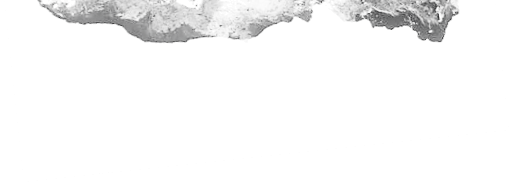Swath processing
The swath processing allows for determining ice elevation across extended swaths of terrain utilising the information contained within CryoSat-2 altimeter SARIn echoes.
Radar altimetry retrieve surface elevation based on the determination of the Point-Of-Closest-Approach (POCA), i.e. sampling a single elevation beneath the satellite. The swath processing allows for determining ice elevation across extended swaths of terrain utilising the information contained within CryoSat-2 altimeter SARIn echoes. The Interferometric mode of CryoSat-2 provides the ability to resolve substantially more than just the elevation at the POCA. If the ground terrain slope is only a few degrees, the CryoSat-2 altimeter operates in a manner such that the interferometric phase of the altimeter echoes may be unwrapped to produce a wide swath of elevation measurements across the satellite ground track beyond the POCA.
The swath processing consists of the following steps:
(i) identifying suitable waveform echoes within the L1b SARIn mode product based on high phase coherence, amplitude and surface slopes, the threshold to use will depend on the local conditions;
(ii) determining the correct phase ambiguity (unwrapping) (as wrapping of the phase occurs for an arrival angle greater than ~0.54º) by a combination of spatial unwrapping and quality control using a reference digital elevation model and
(iii) mapping the range, across-track look angle, platform attitude and orbit parameters of each echo into a swath comprised of multiple elevation points above a reference ellipsoid


